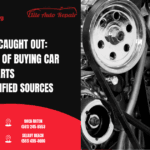Don’t Get Caught Out: The Dangers of Buying Car Parts from Unverified Sources
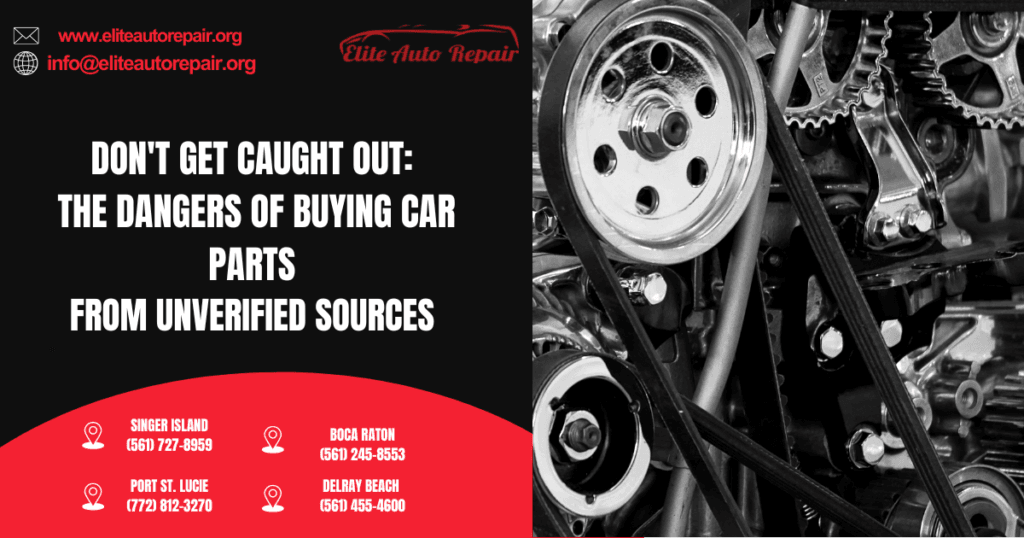
Imagine you’re an intrepid adventurer, ready to take on the open road. But wait! You’re faced with a tempting offer: a shiny car part from an unverified source that promises the moon. It might seem like a steal, but beware! Here’s why taking that risk can turn your journey into a treacherous tale: 1. The […]
Detailing After Repair: Final Touches for Aesthetic Excellence
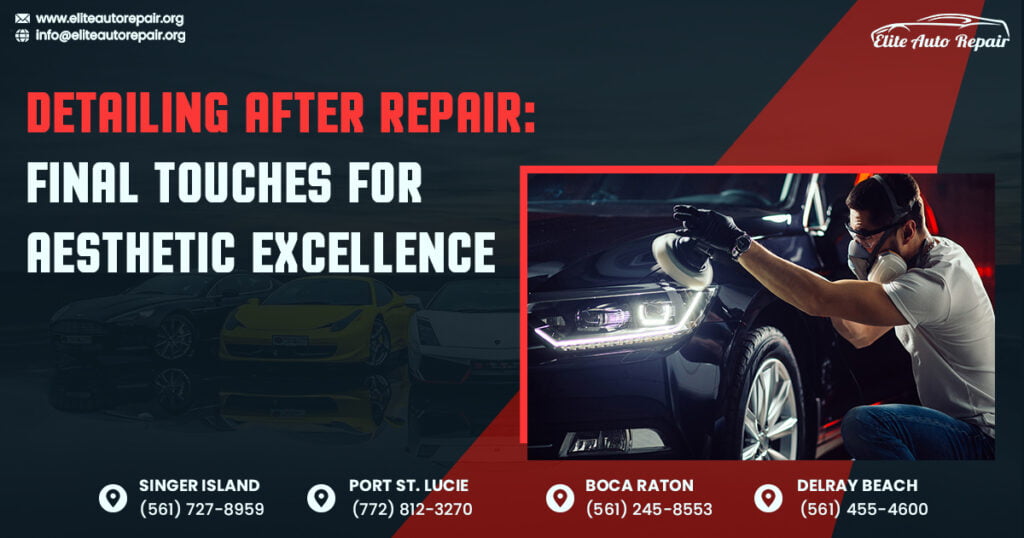
Detailing your car after repair is more than just a cosmetic enhancement; it’s a vital step in maintaining and protecting your investment. From improving appearance and safety to increasing resale value, the benefits of detailing are numerous and significant. It’s an investment in the longevity and enjoyment of your vehicle! Key Components of Post-Repair Detailing […]
Bumper Repair and Replacement: Enhancing Aesthetic and Functionality
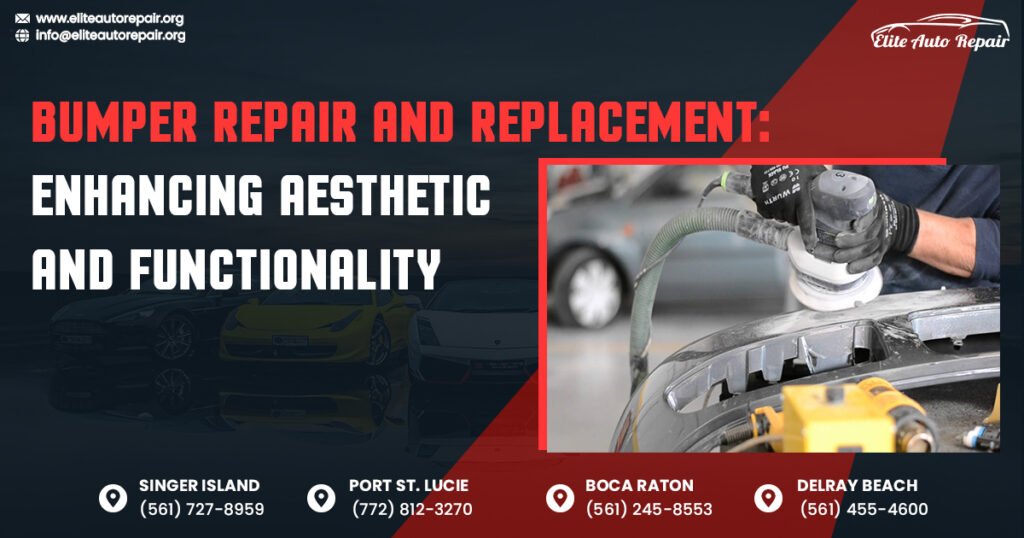
In the previous blog where we explained when and why your car bumper needs to be replaced and how beneficial it can be for the excellence functionality of your car. In today’s blog we are going to give you an idea that aesthetic finish of your car bumper can be so important. Imagine your car […]
Don’t Just Patch It Up! Why Replacing Both Brake Pads and Rotors Keeps You Safer
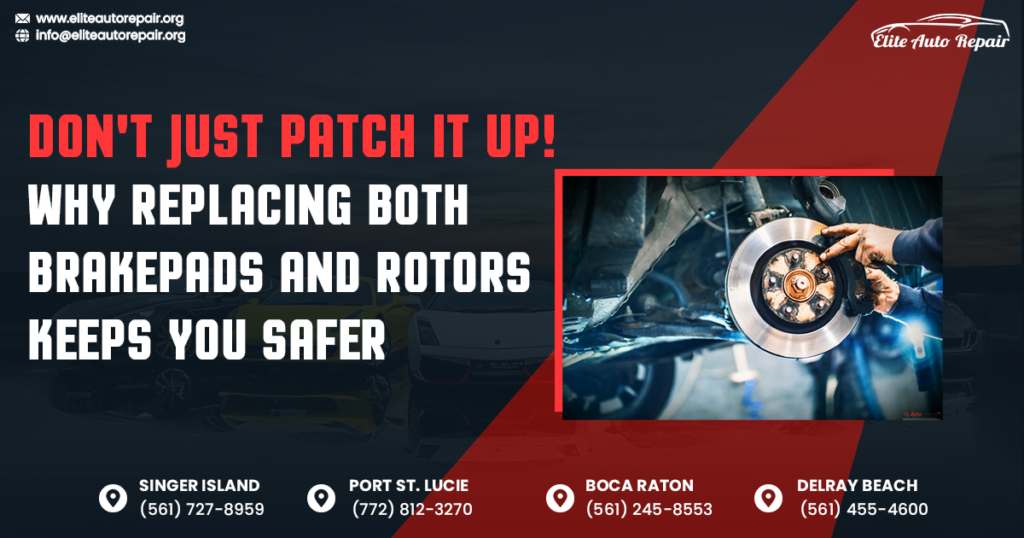
Imagine cruising down the open road, music playing, the wind in your hair. Suddenly, you need to stop—whether it’s for a red light, a pedestrian, or a surprise obstacle. What makes that smooth stop possible? Your trusty brake pads! Here’s why keeping them fresh is absolutely vital for your ride. Recognizing the signs early can […]
Preventing Future Dents and Scratches: Tips for Car Owners
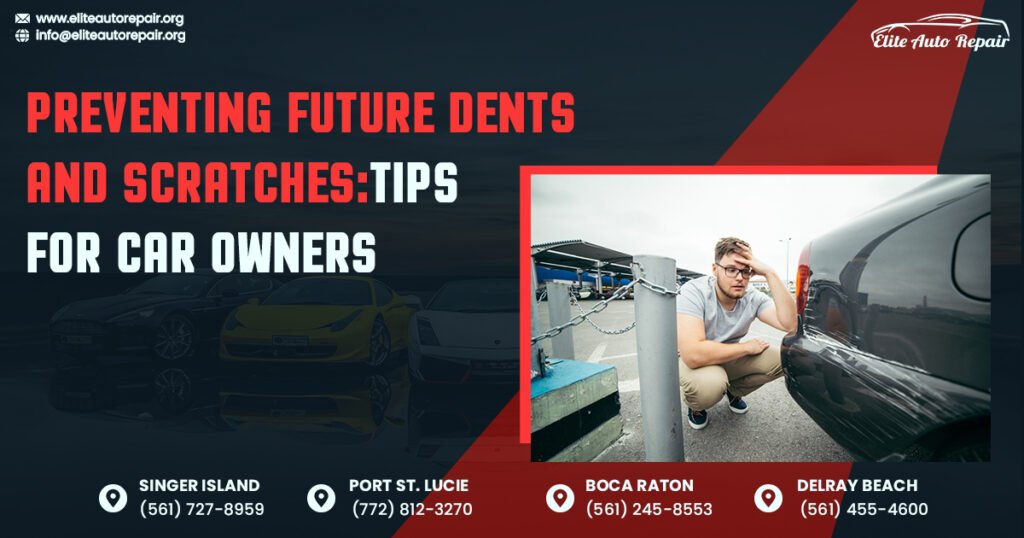
Your car will thank you when you will start taking preventive measures to protect your car from dent and scratch after reading this article. It will help you to understand what can cause dents on car and how you can prevent it. We have divided into categories. First you need to understand what daily factors […]
How to Care for Your Car After Dent and Scratch Repairs

A fresh repair job may look seamless initially, but without proper aftercare, you risk fading paint, peeling, or additional damage. Keeping your car looking brand new after a dent or scratch repair requires a bit of extra care In this articl we’ll walk you through essential aftercare tips to protect your investment and keep your […]
From wrench to Warranty: The benefits of buying car parts from authorized car parts suppliers
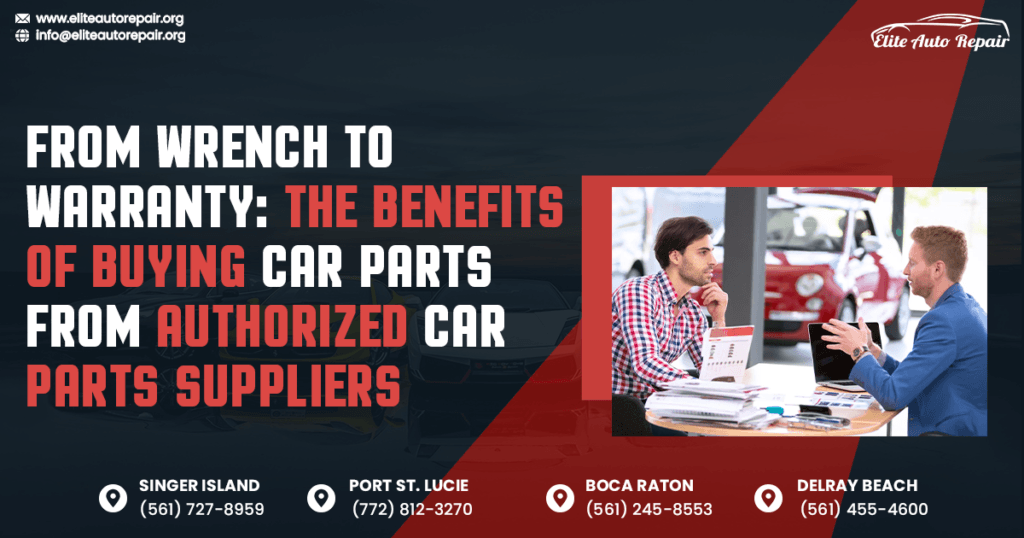
Choosing to buy car parts from unauthorized sources might seem like a tempting way to save a few bucks, but it often comes with hidden risks that could leave you in the fast lane to trouble. These parts can jeopardize your vehicle’s safety and reliability, as they frequently fall short of the quality standards set […]
Double Trouble: Why Skipping the Rotors When Changing Brake Pads Is a Bad Idea
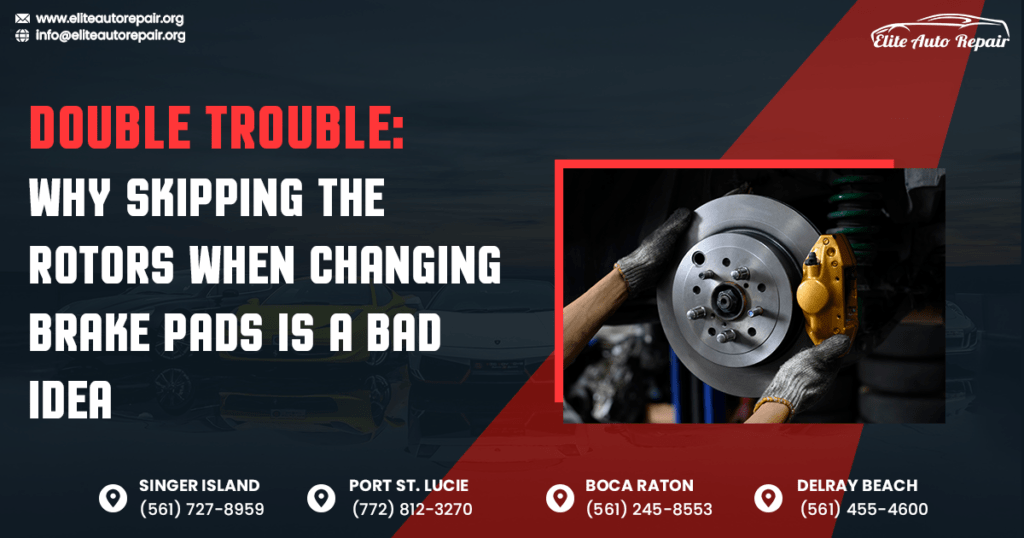
Replacing rotors when you change your brake pads is like giving your car a fresh start in its braking system! When brake pads wear down, they can leave rotors looking rough and uneven, which means your new pads won’t perform at their best. Imagine trying to write on a bumpy surface—it just doesn’t work! If […]
The Reliability Risk: Why Home Delivery Services for Car Parts Can Backfire
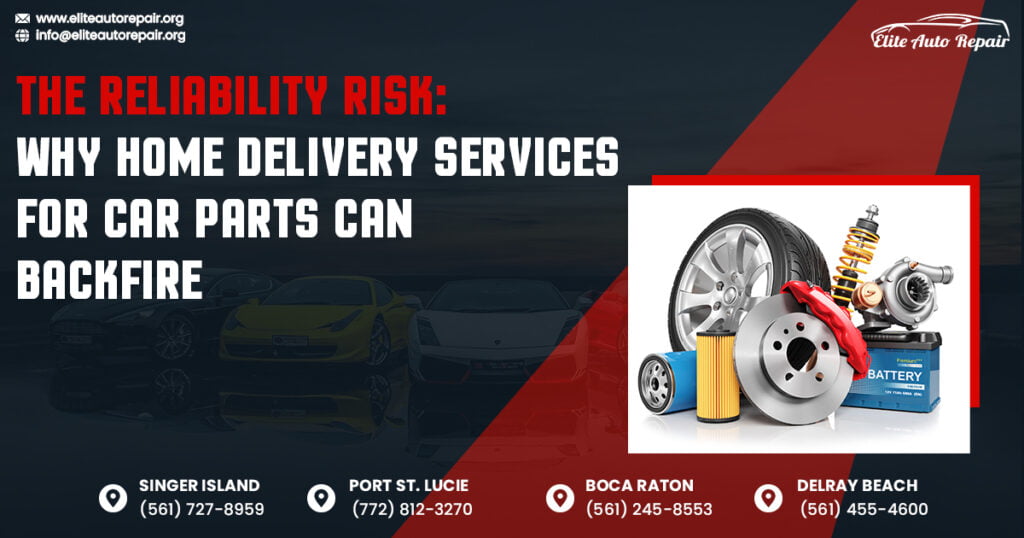
Imagine you’ve just had a major breakdown on the highway. You call for a tow, and now you’re left waiting at the side of the road, stressing about getting the right car parts to fix your ride. You decide to skip the hassle of heading to the auto parts store and opt for home delivery. […]
Top 9 Honda Repair Shops in Port Saint Lucie, FL

If you’re driving a Honda in Port Saint Lucie, you’re in good hands at the local repair shops that specialize in these high-performance vehicles. These experts know your Honda inside and out, offering everything from routine maintenance to more complex repairs like engine diagnostics, brake replacements, and transmission work. With trained technicians using genuine parts […]




